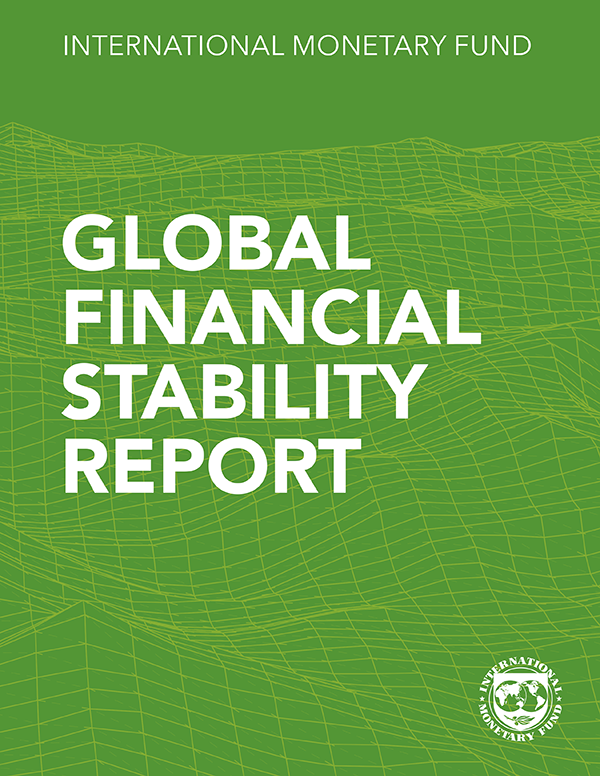Global Growth Forecast Revises Down to 3.3 Percent for 2025 and 2026 Amid Elevated Uncertainty

In a revised forecast released by the International Monetary Fund (IMF), global economic growth is expected to grow at a moderate pace of 3.3 percent in both 2025 and 2026, significantly lower than the historical average of 3.7 percent between 2000 and 2019.
The decline in forecast is attributed primarily to an upward revision in the United States' economy, which outweighs downward revisions in other major economies such as the Eurozone and Japan. Despite this shift, global headline inflation is expected to decrease to 4.2 percent in 2025 and then 3.5 percent in 2026, returning closer to target rates in advanced economies sooner rather than later.
However, medium-term risks to the current forecast are skewed towards the downside, while the near-term outlook presents a mix of divergent risks that may impact growth differently across countries. In the short term, the robust economy in the United States is expected to boost growth, whereas other countries face downward pressure amid heightened policy uncertainty.
The ongoing disinflation process appears poised for continued momentum but might be interrupted by policy-generated disruptions that could put monetary policy easing on hold and affect fiscal sustainability and financial stability. To navigate these risks, policymakers must balance delicate trade-offs between inflation control and economic performance, build resilience through reforms, and strengthen multilateral cooperation to foster stronger structural growth prospects.
"Managing global growth risks requires a multifaceted approach that addresses key challenges including trade-offs in monetary policy and fiscal discipline," said a senior IMF official. "By working together and promoting inclusive and sustainable growth patterns, we can ensure a brighter economic future for our countries."
